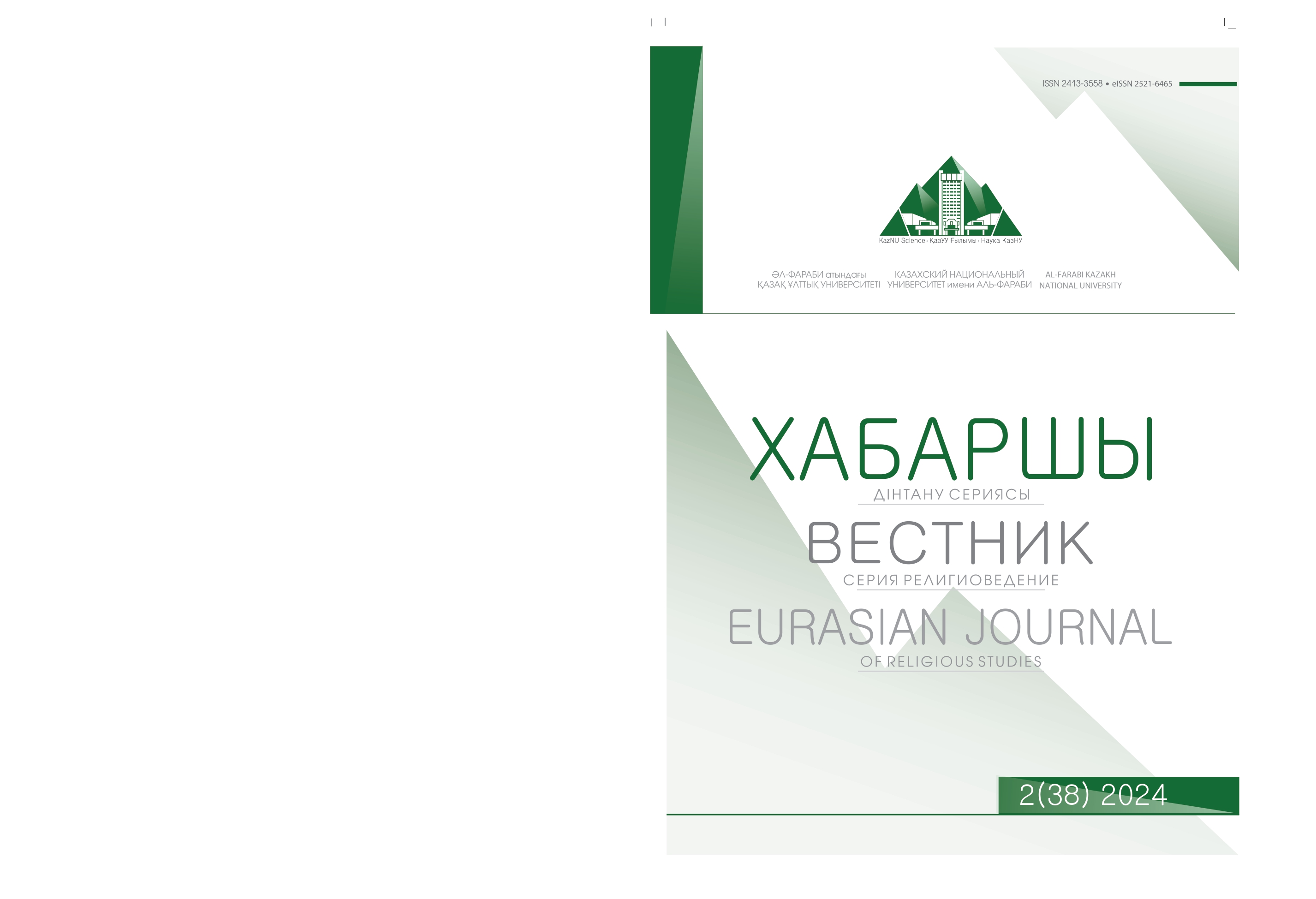Activities of Mosques of Kazakhstan in the field of Religious Education
DOI:
https://doi.org/10.26577//EJRS.2024.v38.i2.r2Abstract
The mosques are also making a big influence on the religious stability throughout the territory of our Republic. This article refines the direct functions of the mosques on the religious sphere of education and analyses the current work being conducted on this course. The authors highlighted the historical stages of the mosque development as a religious educational center and defines their contribution on a spiritual and moral value of society and their support of cultural heritage. A special attention was paid into modern state of religious education in Kazakhstan, including evaluation of the quality of educational programs, methods of teaching by using informational technology on abovementioned process. Also this investigational article presents an actual problems which face the mosques especially in the context of islam, such as destructive religious movements, radicalism, extremism, xenophobia and separatism. The authors could analyze the role of the mosques on preventing such phenomenon, mostly in Islam, proposes the ways of enhancement of work being done on this sphere. The research article views the effectiveness of work executed by Spiritual Administration of Muslims of Kazakhstan – a major Islamic religious organization, which operates a significant number of the mosques and prayer halls. The authors identify the strongest points of this organization on religious educational sphere and propose the improvement measures by taking into consideration the modern social demand.
Key words: Mosques of Kazakhstan, the role of mosques, the work of religious education, Islam, Spiritual Administration of Muslims of Kazakhstan.




